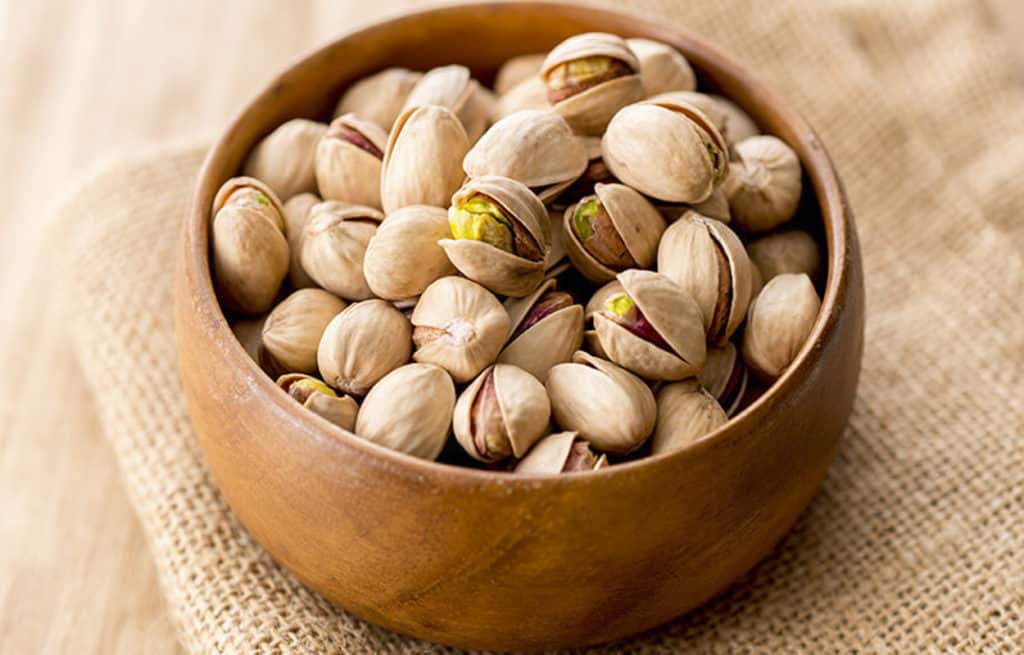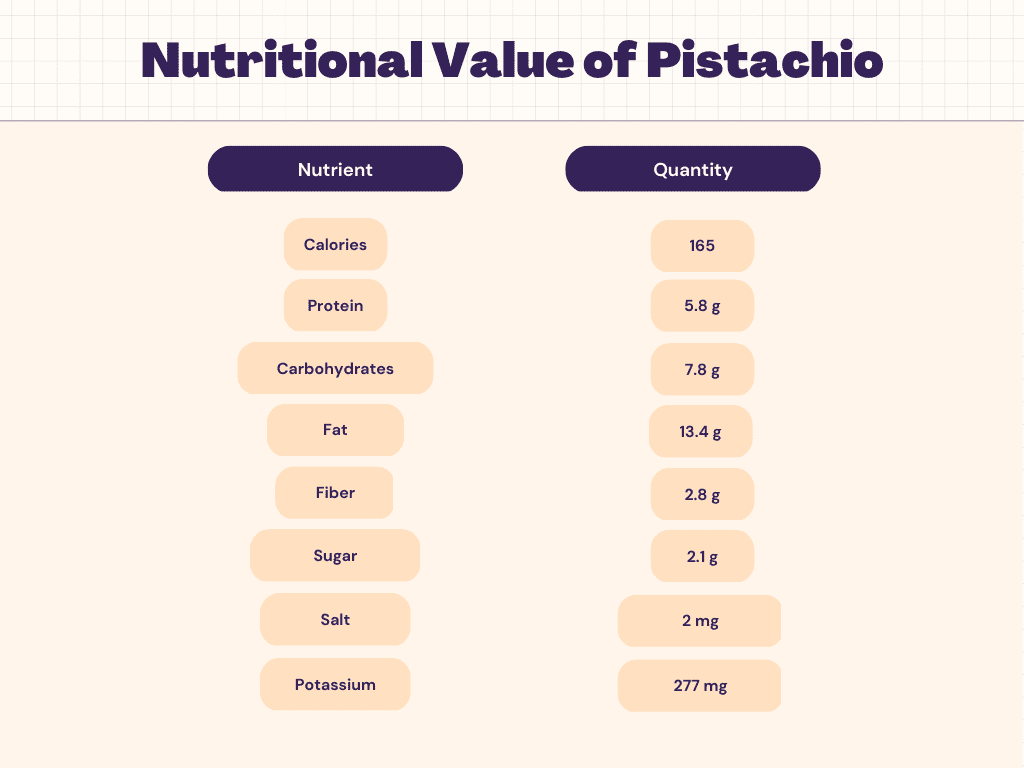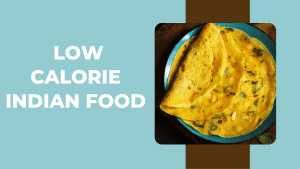Pistachios are a nut that is rich in nutrients and can be used in recipes or as a nutritious snack. Pistachios can be purchased in-shell or shelled, roasted, salted, flavored, or uncooked, depending on your preference. Pistachios are nutrient-dense and may aid in digestion, blood sugar regulation, heart health, and weight loss. They can be used in a variety of dishes due to their versatility.
Nutritional Value of Pistachio
Nutritional Facts of Pistachio
Carbs
18 grams of carbs and 6 grams of fiber are included in 1/2 cup of pistachios. Pistachios, like the majority of other nuts, have a low glycemic index.
Fats
Pistachios contain 30 grams of fat per 1/2 cup serving, of which 4 grams are saturated, 9 grams are polyunsaturated, and 16 grams are monounsaturated. Pistachios have one of the lowest fat contents of most other tree nuts.
Protein
Pistachios belong to the protein group since a 1/2 cup portion has about 13 grams of protein.
Health Benefits Of Pistachio
- Promotes heart health – A moderate-fat diet rich in pistachios decreased blood pressure and vascular resistance during acute stress.
- Helps in healthy weight management – Pistachios take longer to eat as a snack than other processed foods or ready-to-eat items like potato chips. Your body is given a chance to sense fullness before overeating because you must crack open each shell before consuming the nut. Check our Weight Loss Plans.
- Helps with gestational diabetes – For pregnant women with gestational diabetes or gestational impaired glucose tolerance, pistachios may be a useful substitute for low-fat, high-carbohydrate diets. Check our Diabetes Plans here.
- Helps prevent cancer – Both raw and roasted forms are thought to be beneficial against colon cancer.
- Increases eye health – antioxidants shield the eyes from cellular deterioration and preserve eyesight over time.
- Helps in muscle repair – Pistachios have the largest proportion of branched-chain amino acids and the highest essential amino acid ratio when compared to other tree nuts (BCAAs). Branched-chain amino acids might facilitate better post-exercise muscle repair.
Vitamins & Minerals in Pistachio
The little green nut is a rich source of phytonutrients, vitamins, and minerals. In reality, the pistachio’s varied colors allow you to “see” the nutrients. Pistachios are a significant source of copper, phosphate, thiamin, and vitamin B6. Pistachios have more potassium (625 milligrams) per serving than a large banana (480 milligrams). Additionally, among nuts, pistachios have the highest phytosterol level (61 grams per 1-ounce serving).
The Bottom Line
Pistachios are another fantastic ingredient that adds a delightful crunch to dishes. For a simple, gluten-free crust for baked fish or poultry, try pistachios in place of breadcrumbs. When it comes to nutty treats, pistachios are also welcome.
FAQs
How many Pistachios can I eat in a day?
The majority of dietitians advise their patients to limit their daily pistachio intake to no more than two ounces (56 grams). That equals 90 pistachios when they are shelled. Nutritionists also urge consumers to consume enough water to aid with digestion. Pistachios may cause stomach distress if you don’t avoid it.
Should I eat Pistachios before or after exercise?
Pistachios are the perfect post-workout snack. For those who are active, pistachios provide much more than just calories and protein. They are rich in various phytochemicals as well as difficult-to-get minerals like magnesium and vitamin A. Additionally a rich supplier of manganese and copper is pistachios.
What are the benefits of Pistachios?
- Helps in weight management
- Helps to prevent cancer
- Increases heart health
- Helps in muscle repair
- Help with gestational diabetes
What is the best time to eat Pistachios?
To increase melatonin levels, pistachios should be consumed between 6 and 9 p.m. every evening. They need some time to be digested before additional melatonin can be created and tryptophan can reach the pineal gland via the blood.










